The eastern tip of Oak Island is figuratively guarded by the long abandoned Fort Caswell, a centuries old but still relatively intact structure that originally encompassed a huge portion of the island. Today, the structure is a landmark within the Fort Caswell Retreat, occupied by the North Carolina Baptists Assembly, and even though the fort hasn't fired off a cannon in decades, it is still an imposing and impressive sight along the edge of Oak Island's eastern beaches.
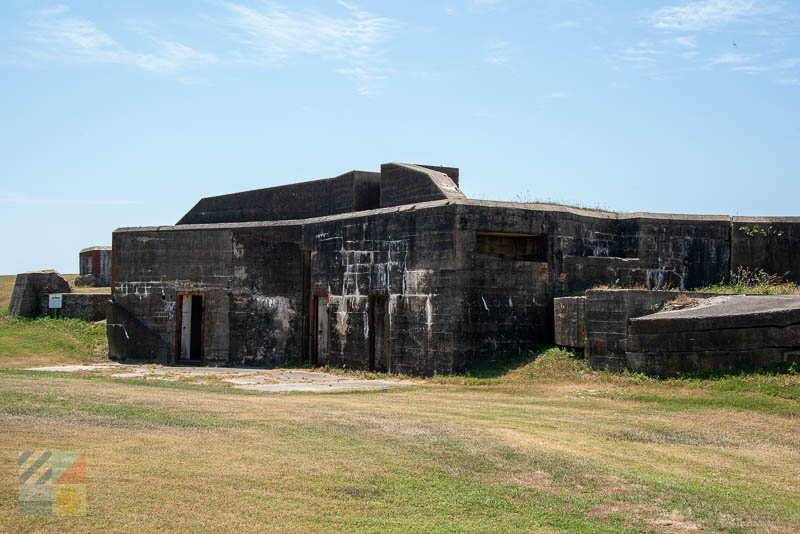
The original site for the fort encompassed a whopping 2,200 acres, and took up the majority of Oak Island. While the island was relatively deserted up until that point, by the time construction began in the mid to late 1820s, hundreds and even thousands of soldiers were being sent to staff the new station, essentially leading to the formation of the Oaks Island community.
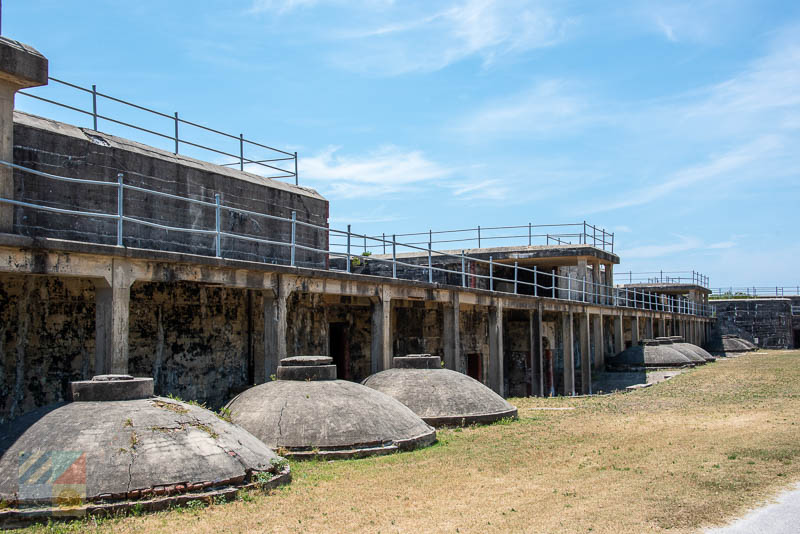
The fort was complete by 1836, and was built for the sole intention of protecting the region, specifically the mouth of the Cape Fear River, from pirates who loved to hunt along the small North Carolina barrier islands and busy inland port communities. The original structure was a pentagon shape, built with bricks and earthen mounds, and was fortified with 61 gun emplacements. Deemed one of the strongest forts along the coastline, Fort Caswell would go on to prove its mettle, just 25 years after it was constructed, during the Civil War.
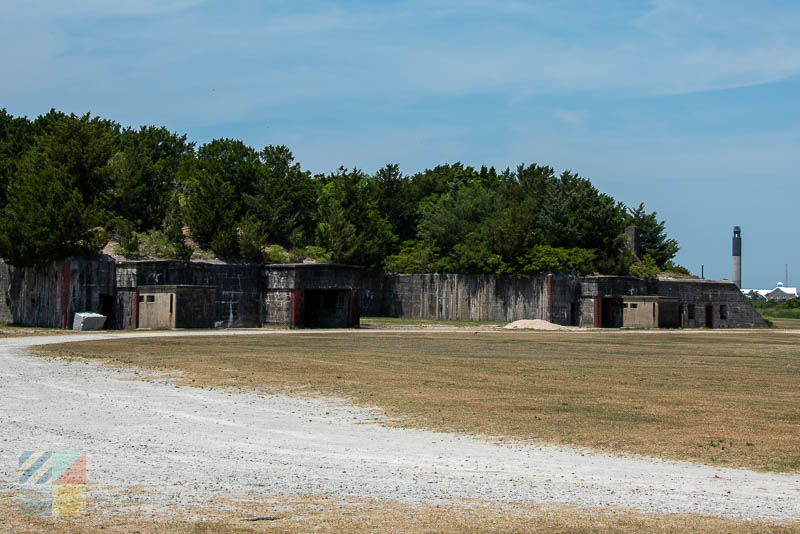
When North Carolina seceded, the Confederate Army determined that Fort Fisher and Fort Caswell were two of their most important stations, as they both shared the duties of protecting the southern city of Wilmington, a key port for the shipping and acquisition of goods, weapons and supplies. The Union soldiers soon realized as well that by shutting down the forts, and stopping the blockade runners, they could cut the south off from the rest of the world, and made numerous attack plans to shut Fort Caswell down. In fact, six attacks were launched on the fort by the Union, and yet all were unsuccessful. This was due to both the strength of the fort itself, in addition to the fort's Oak Island location. Surrounded by the dangerous Frying Pan Shoals, which have been the cause of countless shipwrecks over the years, many ships were deterred from launching an attack well before they even came close to shore.
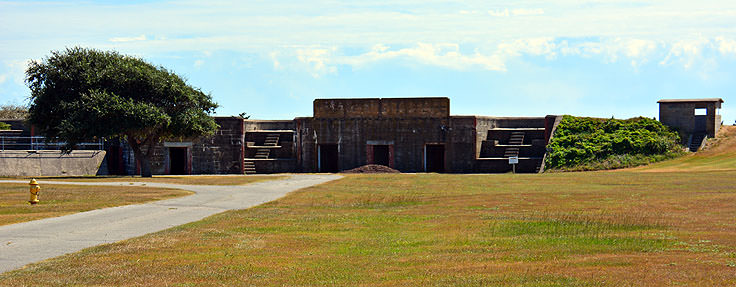
Fort Caswell was never invaded during the Civil War, in fact, but after neighboring Fort Fisher fell on January 15th, Fort Caswell was quickly ordered to destroy all of the weapons on site, burn the barracks, and set off all of their explosives. The result was a massive explosion that could be heard all the way to Fayetteville, North Carolina, and the destruction of one entire wall of the fort. In the end, however, not one solider at Fort Caswell died due to combat, (however several died of disease, and one solider, deemed a deserter, was executed on the site.)
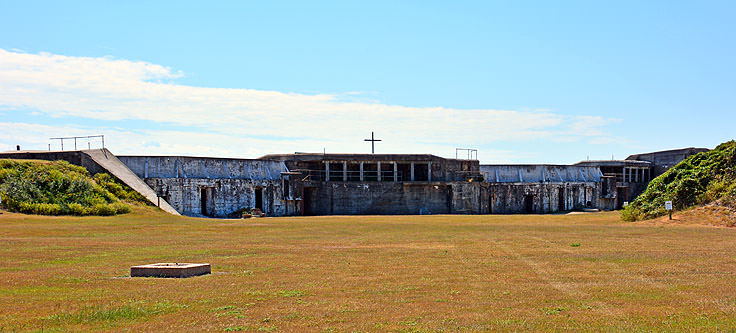
Unlike many other coastal forts of the Civil War era, the fort remained active long after the war ended. The U.S. Army transformed the site into a full military reservation in the 1890s, and the station was even of the most important military posts along the southern Carolina coast during World War I. After the first World War though, with the country predicting a long period of peace, the fort was abandoned for good by the government, and the site was relatively deserted until it was designated as "state surplus" property and put up for sale.
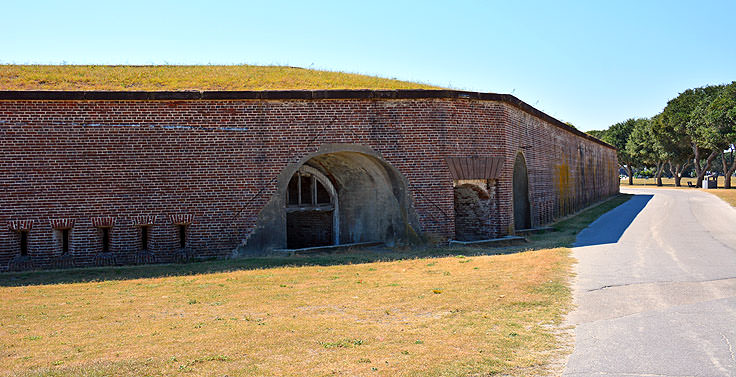
The now 250 acre fort site, which bordered both the ocean and the mouth of the Cape Fear River, was soon purchased by the Baptist State Convention of North Carolina in 1946 for the price of $86,000. The North Carolina Baptist Assembly went to work over the next few decades adding accommodations along the way, and today, more than 10,000 visitors pass through the all-inclusive retreat on an annual basis.
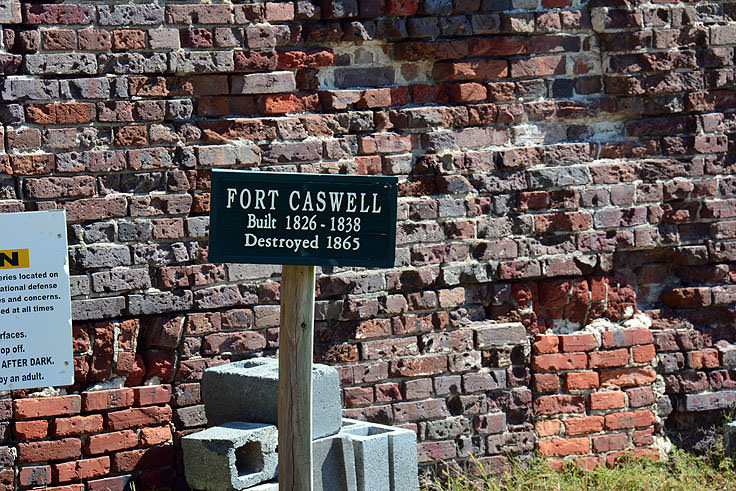
The aim of the North Carolina Baptist Assembly's retreat center, known more commonly as simply "Fort Caswell," is to offer NC Baptists and other visitors a place of quiet reflection and relaxation, and with the gorgeous setting and natural waterfront backgrounds, the retreat certainly succeeds in its goal.Hotel-style lodging is available for retreat visitors in the Smith Convention Center, the Oceana Hotel, Lantana Lodge, and the four officers' quarter buildings. Additional dormitory-style housing can also be found on sight, which includes six residence halls, and 12 complete cottages with beds, kitchens and dining facilities, ensuring a relaxing vacation with all the comforts of home.
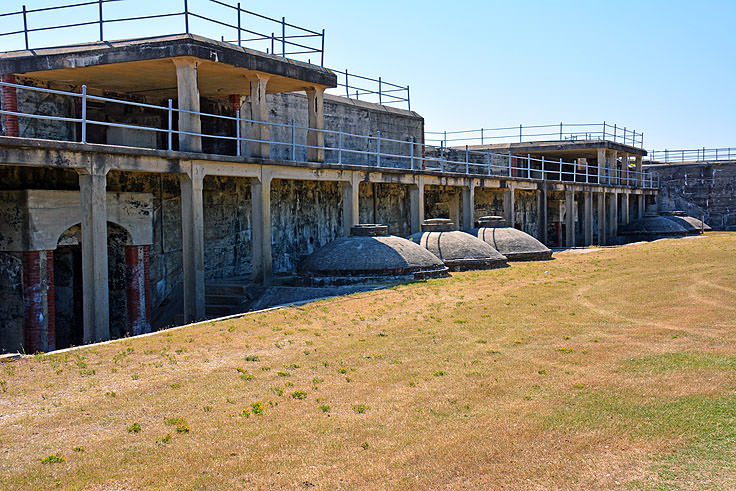
Rates can range from around $18 dollars per night for dorm accommodations to $65 per night for a private hotel room, and Fort Fisher offers a number of fun community-wide amenities as well, including kayak rentals, seasonal lifeguards, a community pool, tennis court, softball diamond, and incredible beach access. There's even an indoor gym, an 18 hole mini-golf course, and a fishing pier located at the very end of the island for incredible angling. In addition, Fort Caswell offers a number of activities for special groups, (such as choirs or congregations), and children, including religious retreats and summer camps. A marina is also located on site for visitors arriving by boat, and special guided tours of the fort itself can be arranged by special request and with plenty of advanced notice.
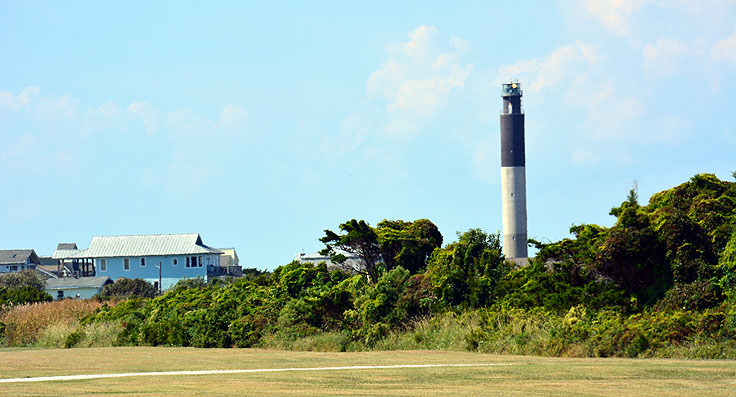
Fort Caswell is open year-round, and reservations for any of the lodgings within the retreat can be made by visiting the coastal retreat and conference center's website.
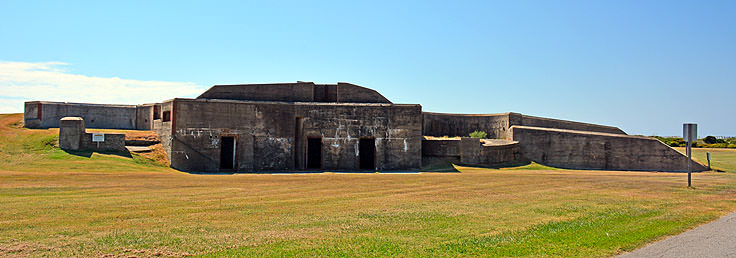
Once the site of one of the strongest military forts to grace the East Coast, and now the venue for summer fun for thousands of vacationers, Fort Caswell has undergone quite a transformation during its nearly 200 year existence. A unique and still-standing notable attraction for Civil War fans and Fort Caswell visitors, the site is a remarkable landmark that is sure to, at least temporarily, steal the scene from Oak Island's incredible beaches.
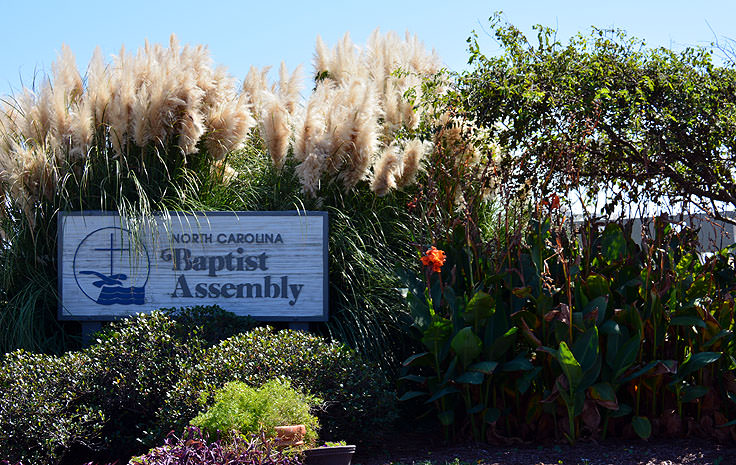
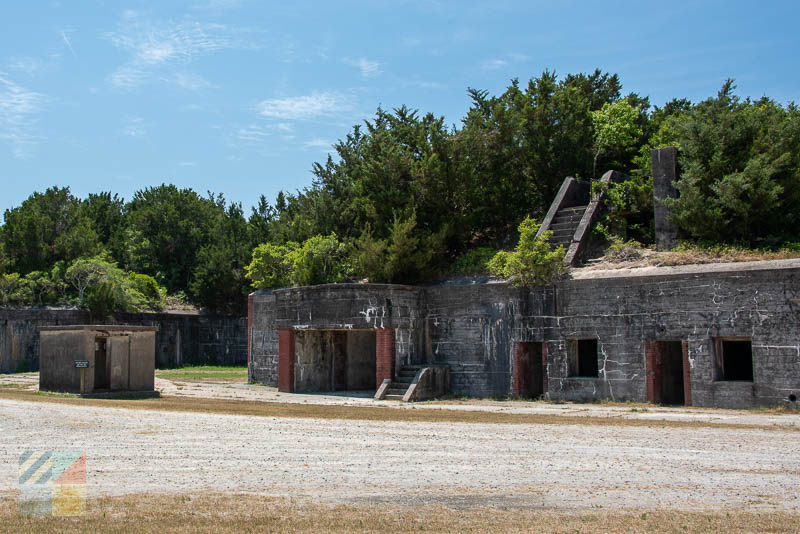
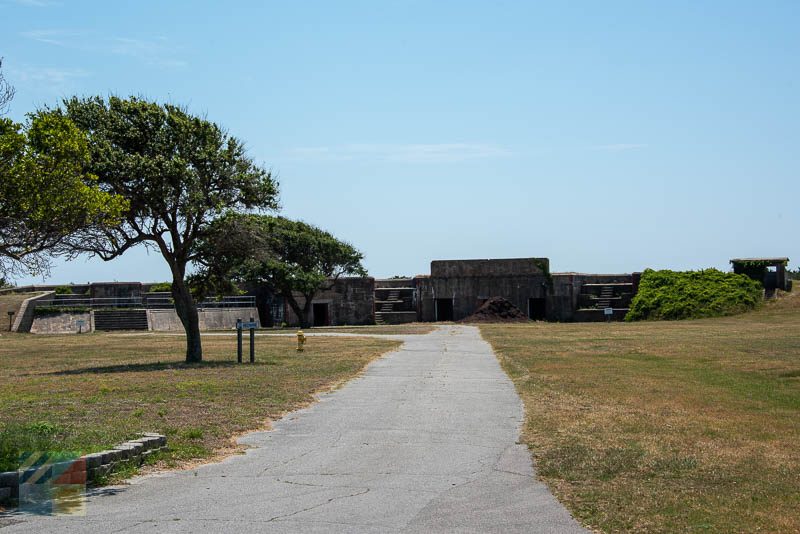
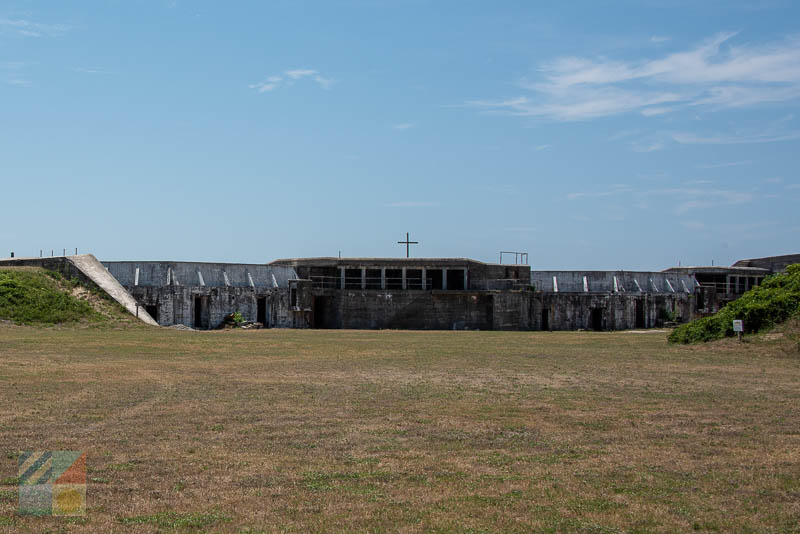
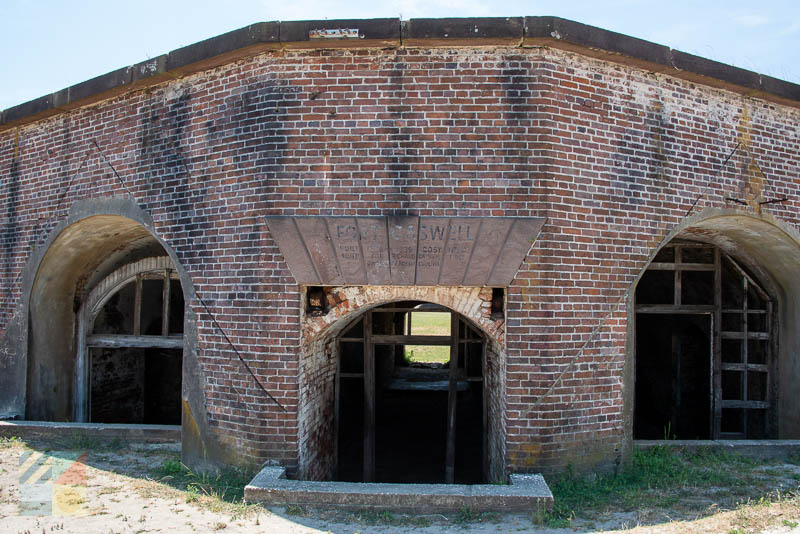
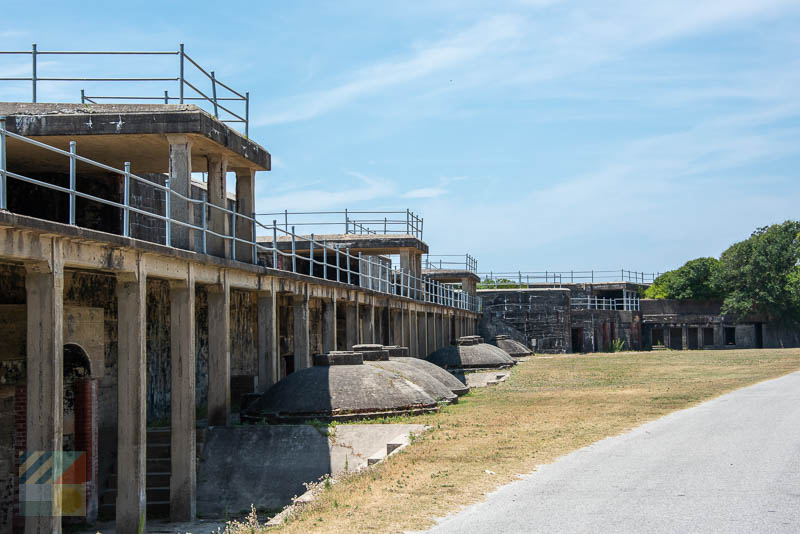
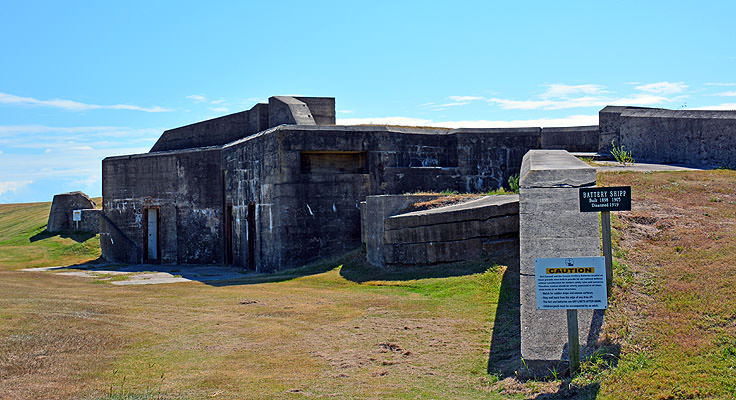
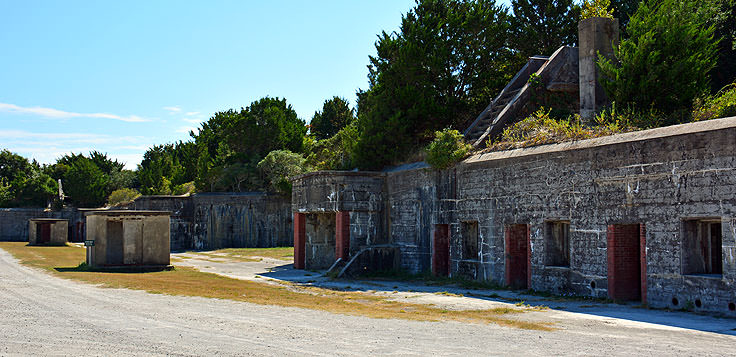
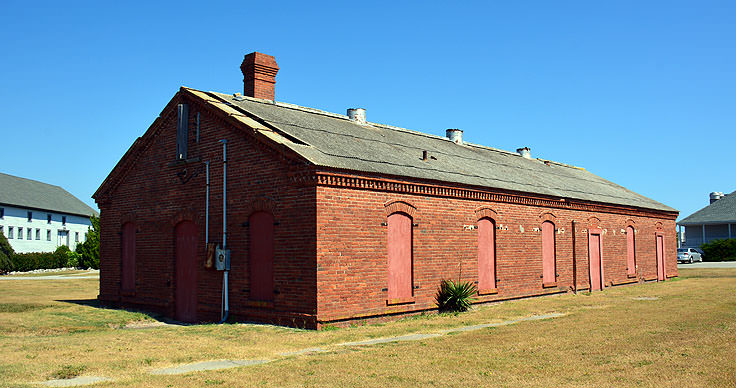
Is this your business? Update your listing by messaging us
With its collegiate prestige and unique roots that extend from the Antebellum era to modern day Hollywood, it should come as no surprise that the museums that are found in and around Wilmington are as diverse as the vibrant cityscape itself. Expand your knowledge on everything from military history to scaly and scary reptiles by paying a visit to these acclaimed museums that call the Wilmington region home.
Wilmington originated as a port city, and its reputation as a haven for vessels of all sizes has lasted throughout the generations, making it one of the most popular boating destinations in southeastern North Carolina. From unique cruises of the downtown area to extended treks along the Intracoastal Waterway, the sheer range of boating adventures will entice any mariner to drop anchor in this distinctive town. Spend a day exploring the local waterways, or sign up for an area cruise, and discover why Wilmington life is at its finest on the water.
Welcome to FUN IN THE SUN. Our 6-bedroom home has everything you need to relax and have fun. From the outdoor 40’x18’ inground saltwater pool, ping pong table, corn hole, croquet, and bicycles to the inside pool table & foose ball table, there is something to keep the entire group entertained. We are located in the center of everything Wilmington has to offer: - Walking distance to Mayfaire Town Center (or 7-min. bicycle ride) - 5 min. drive to UNCW- 8 min. drive to the shores of delightful Wrightsville Beach (or 25-min. bicycle ride)- 10 min. drive to downtown Wilmington Riverfront/Riverwalk.The spaceThis home has been completely refreshed in 2021 with all new floor, paint, kitchen & furnishings.Featuring granite countertops, high end appliances, and super comfortable beds. High speed internet & cable TV included. Comfortably sleeps 14.Downstairs has 3 bedrooms: - Coral room with a Queen with an adjoining ½ bathroom. - Yellow room with 2 twin beds.- Lavender room/office with a full-size futon, desk, chair and printer.- There is one full bathroom with shower accessible to all the bedrooms.- Living room with a sectional couch and 65-inch intelligent TV- Open Kitchen is well supplied with seating at the island and a dining area that seats 8. Additional wicker dining set for 4 in the patio room.- Adjacent to open Kitchen in the Patio/Playroom is an additional dining table with seating for 4. - Patio/Playroom leading out to the backyard, has a comfortable upsized wicker seating area (ideal for after dinner drinks), 8’ pool table, and 43-inch intelligent TV. Even have a speaker available to connect to Music. Upstairs features: - 2 enormous master bedrooms both with King beds and each with cavernous full baths. - The Media or “6th” bedroom with a pull out queen couch and a pull out full size loveseat, sizable closet and a pocket door for privacy! This room has a 75-inch intelligent TV (ideal for games or late-nighttime movies) and a fooseball table.- Upstairs also includes the laundry room and many upsized closets. The Outdoor area- Front porch with 2 rocking chairs and ceiling fans. - The ½ acre back yard has a 40’x18’ inground sateater Pool w/Pool home containing, refrigerator, modest kitchen & storage.- Plenty of Parlor Chairs for sunbathing on the concrete patio surrounding the 40’x18’ inground pool or sit under the umbrella at the outdoor dining table. Charcoal & Gas grilles supplied.- Hammock for calming after the day at the beach- Plenty of room for corn hole and croquet as well as Ping Pong table for set up on concrete patio. Also have picnic table.NeighborhoodWe are in an established, safe, peaceful, neighborhood. We have outstanding neighbors and request that all guests always be respectful of our neighbors. The City of Wilmington has a noise ordinance after 9 pm which is stringently enforced, so after a fun day of being outside, please appreciate the interior. The neighborhood is great for walking or cycling. - Mayfaire Town Center is an painless walk or bicycle ride, and offers numerous stores, stores, great eateries, movie theater, trampoline park, golf lounge, 4 grocery stores, and other entertainment options. - Wrightsville Beach offers miles of handsome beach. Fishing and units for kayaking, boating, and surfing.- Downtown features some acclaimed eateries, the new Riverwalk area, lively bars and music.- USS North Carolina (BB-55) Battleship - You are also a 30-min. drive to Carolina Beach which is home to the North Carolina Aquarium at Fort Fisher.
- Wilmington
- 6 Bedrooms
- 3 Bathrooms
- Sleeps 16



